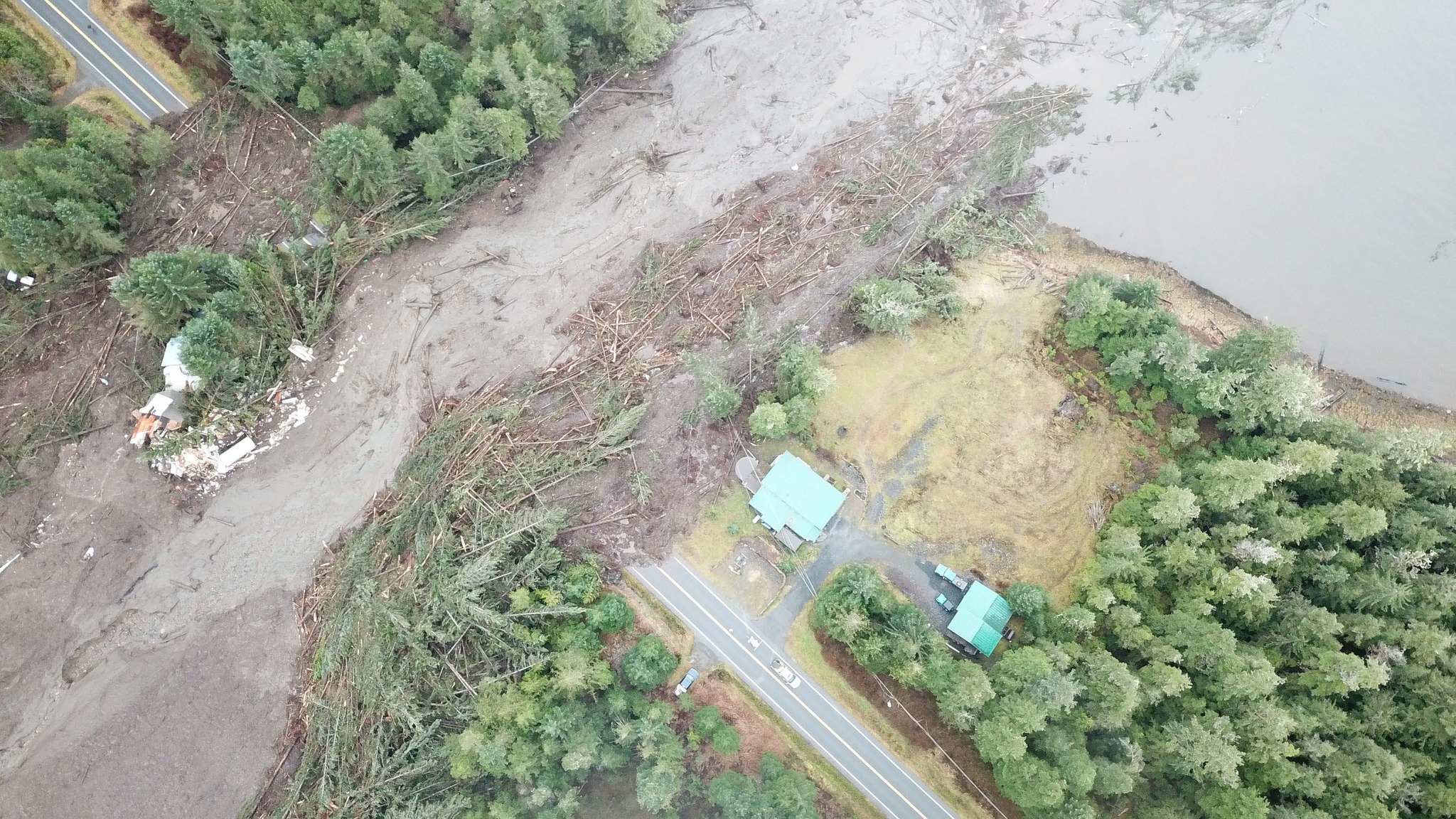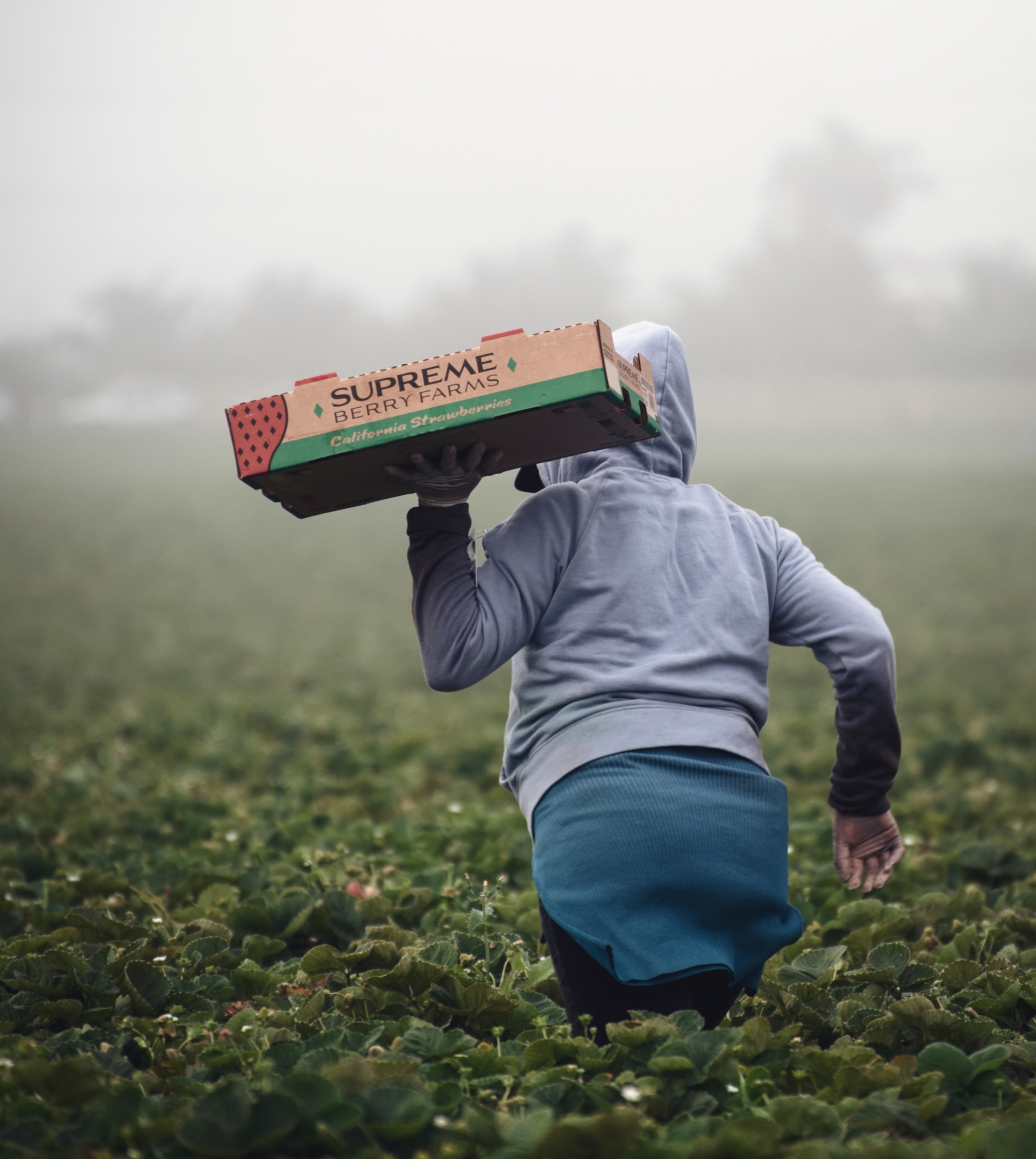What we’re watching: Weekly disaster update, November 27

We know all too well that disaster can strike anytime, anywhere in the world. Some disasters make headlines; others do not. Here at the Center for Disaster Philanthropy (CDP), we monitor the status of disasters worldwide and compile a list of the ones we’re tracking weekly, along with relevant disaster-related media coverage.
Here’s what we’re watching for the week of Nov. 27, 2023.
New or Emerging Disasters
Landslide – Alaska: A landslide near Wrangell, Alaska, a remote fishing village located on an island about 155 miles south of Juneau, rushed down a wooded hillside before striking homes in the evening of Nov. 20. Four people have been confirmed killed by the disaster with two people still missing. In The Landslide Blog, Dave Petley, a leader in the study and management of landslides, reported that the landslide occurred in dense forest, with the failure initiating high on the slope. The trigger was a period of heavy rainfall.
Landslide Issue Insight
This issue insight provides information about landslides and recommendations for philanthropy.

Wildfire – Australia: Bushfires destroyed 10 homes in Perth during a rare spring heatwave in Western Australia. Temperatures were expected to reach as high as 104 degrees Fahrenheit (40 degrees Celsius) on Nov. 23. An emergency warning was issued for Wanneroo, Jandabup, Mariginiup, Melaleuca, Sinagra and Tapping, with hundreds of families forced to leave their homes. More than 1,000 properties in the area were without power on the evening of Nov. 23.
Previous/Ongoing Disasters
Flooding – Guatemala: Since early November, Guatemala has endured above-average rainfall due to a cold front and El Niño intensifying the rainy season. According to the government’s National Coordination for Disaster Reduction (CONRED), the heavy rains and flooding have affected 4.5 million people and resulted in 67 deaths as of Nov. 27. The most affected areas are the northeastern departments of Alta Verapaz, Izabal and Petén.
An ACAPS briefing note on the ongoing disaster identified impacts on shelter, food security, health, water, sanitation and hygiene, and critical infrastructure. The current rains and flooding are also affecting the same departments that experienced Hurricanes Eta and Iota in 2020, which are areas prone to natural hazards and host mostly Indigenous communities.
Flooding – Horn of Africa: The UN refugee agency said severe floods in the region “have affected tens of thousands of displaced families in Ethiopia, Kenya and Somalia, putting lives and livelihoods at risk.” Ongoing heavy rains caused the floods and have hit the region following the longest and most severe drought on record.
The drought pushed Somalia near famine, and the floods have forced hundreds of thousands from their homes and hampered families’ attempts to rebuild livelihoods. The World Food Programme warned on Nov. 17 that the floods and similar “climate extremes” are driving the country’s hunger crisis.
Authorities in Kenya said more than 60 people have died and 136,025 people displaced due to flooding there as of Nov. 19. The worst affected areas in the northeast include Garissa, Mandera and Wajir. Floods have affected at least 763,100 people across several regions in Ethiopia. At least 33 people died in the Somali Region alone, where many flood areas remain inaccessible as roads and bridges were damaged.
Poor Air Quality – Pakistan: Lahore and other cities in Pakistan’s biggest province, Punjab, have been under a month-long smog emergency since early November. According to IQAir’s Air Quality Index (AQI), Lahore remained the city with the world’s highest AQI on Nov. 27, with a reading of 342. Anything above 301 in the air is hazardous for breathing.
In response, Chief Minister Mohsin Naqvi announced that schools, colleges and all educational institutes would remain closed in 10 districts on Nov. 24 and 25.
In May 2023, Pakistan’s Ministry of Climate Change introduced the National Clean Air Policy to reduce harmful emissions in the next 10 years. Worsening air pollution has affected large swaths of South Asia this month, including India and Bangladesh.
In addition to the disasters listed above, we actively monitor the following disasters or humanitarian emergencies. For more information, see the relevant disaster profiles, which are updated regularly.
- Afghanistan Humanitarian Crisis
- 2023 Atlantic Hurricane Season
- Horn of Africa Hunger Crisis
- 2023 Libya Floods
- 2023 Morocco Earthquake
- Sudan Humanitarian Crisis
- 2023 US Tornadoes
- 2023 Turkey-Syria Earthquake
- Ukraine Humanitarian Crisis
Complex Humanitarian Emergencies – Colombia
Many places worldwide are experiencing emergencies caused by conflict, climate change, drought, famine, economic challenges and other conditions that combine to create a complex humanitarian emergency (CHE). CDP maintains complete profiles on several CHEs, and what CDP considers Level 1 CHEs are profiled in this weekly blog post and tracked.
Colombian President Gustavo Petro came to power last year intending to achieve “total peace” in Colombia. However, while the government has achieved progress with some rebel groups and is working towards negotiating peace deals, the peace strategy has experienced some setbacks, and armed conflict persists, showing the challenge of achieving total peace.
For example, clashes between the Estado Mayor Central (EMC) and the Colombian army in Argelia municipality, in the southwestern Cauca department of Colombia, have persisted since August 2023. The EMC has taken violent actions against the civilian population there with protection, food security, livelihoods and health impacts. Also, data from Colombia’s Ministry of National Defense shows that kidnapping increased by 80% between January and October of this year, compared to the same period in 2022.
The UN High Commissioner for Refugees reported that between January and July 2023, 83 large-group internal displacements occurred, affecting 33,136 individuals. During this same period, 39 instances of confinement were confirmed, affecting 40,071 individuals. The Norwegian Refugee Council says confinement is a strategy “used by non-state armed actors to exert control, especially in hard-to-reach areas where the state is absent.”
Additionally, the country has the highest recurrence of extreme events in South America. The World Bank says, “Rapid population growth in poorly planned urban areas, informal settlements, and densely populated coastal areas, coupled with the effects of climate change, are already exacerbating flooding and landslides in the country.”
Since Oct. 30, heavy rains outside the normal range in the Colombian Caribbean have affected the country’s north, especially in the coastal area. Disaster risk reduction efforts continue, including a partnership with the Pacific Disaster Center to collaborate on a National Disaster Preparedness Baseline Assessment.
Upcoming webinar
Dec. 14: Strangers in a strange land: Migrants and disasters in the US

What We’re Reading
- Richest 1% account for more carbon emissions than poorest 66%, report says – The Guardian: The Guardian worked with Oxfam, the Stockholm Environment Institute and other experts to produce a special investigation, The Great Carbon Divide. An Oxfam report finds the richest 1%, “made up of 77 million people including billionaires, millionaires and those paid more than US$140,000 (£112,500) a year, accounted for 16% of all CO2 emissions in 2019.”
- Britain’s international aid gets ambitious reboot – The New Humanitarian: A White Paper on “International development in a contested world” was published on Nov. 20, which The New Humanitarian describes as “a major new international development policy that aims to restore faith in UK aid.”
- Unpacking the post-pandemic funding landscape: A closer look at global aid and philanthropy – Alliance: Transparency and Accountability Initiative used data from the Organisation of Economic Co-operation and Development to understand the pandemic’s impact on global aid and philanthropy. The study found increased philanthropic support for governance, health and the environment in 2021.
- The Atlantic hurricane season is ending, but recovery will take time – WUSF: State Division of Emergency Management Director Kevin Guthrie credited lessons from hurricanes in recent years for helping speed the recovery after Hurricane Idalia. At the same time, although the 2023 season will soon end, restoration efforts from Idalia will continue for years in rural North Florida, particularly for people in the agriculture industry.
- Housing Shortage for Maui Fire Survivors Puts Focus On Short-Term Rentals – Honolulu Civil Beat: “As the search for housing for thousands of people displaced by the Maui wildfires becomes more desperate, officials are mulling proposals to incentivize long-term rentals and enable counties to convert more short-term rentals into units for locals, even though past efforts to do so have had limited success.”
- Fires And Wars Spur Donors To Generosity, Schwab Charitable Says – Financial Advisor: Schwab Charitable’s managing director of relationship management, Fred Kaynor, says they are well on their way to exceeding past giving records this year. Kaynor said donors are becoming savvier, realizing that help is needed long after the initial crisis.
A circus performer walked 34 feet on a slackline – while juggling three knives. Now that’s multi-tasking.
